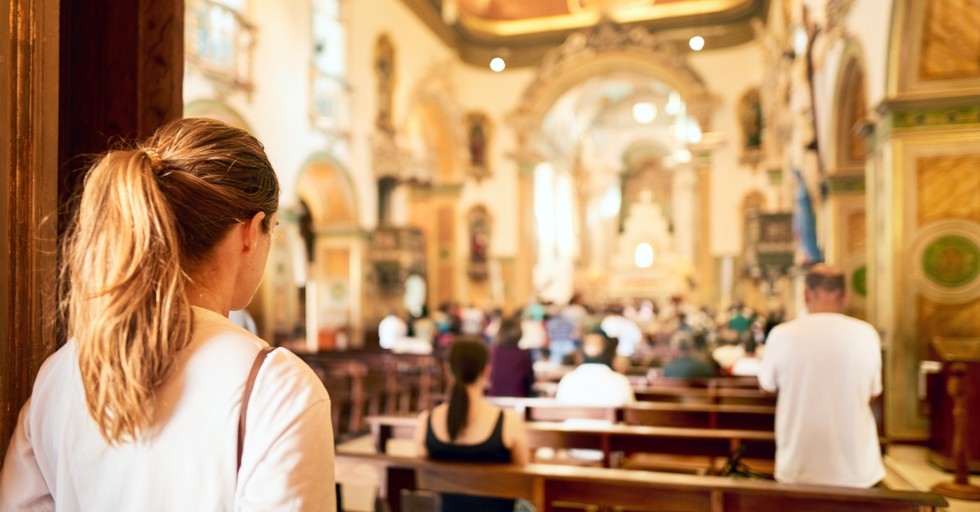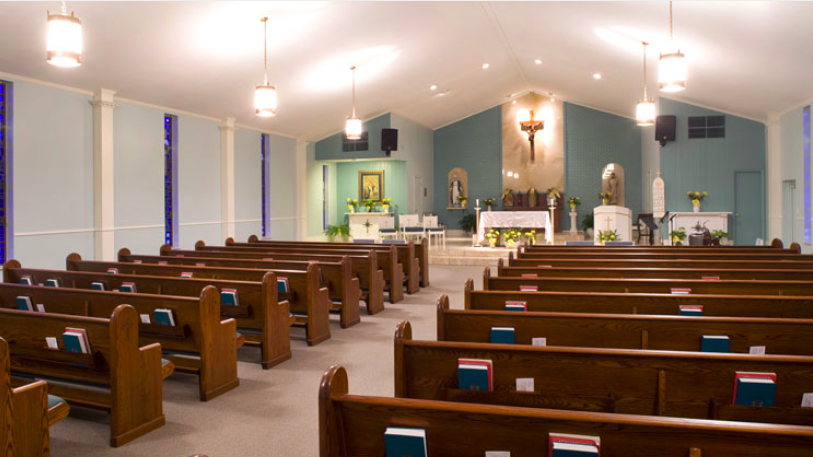Designing a small church can sometimes feel like fitting a square peg into a round hole—it’s not always as straightforward as it seems. The limited square footage makes it a challenge to accommodate all the activities and functions that a vibrant church community requires. However, a thoughtful design approach can transform these seemingly restrictive spaces into welcoming, functional environments that serve your congregation well. In this article, we’ll explore why design is so essential in small churches, what factors you should consider before diving in, and give you some innovative design ideas to inspire your next project.
Table of Contents
The Importance of Design in Small Churches
The design isn’t just about aesthetics; it’s the backbone that supports various aspects of a church’s life:
- Community Engagement: A well-designed space can foster a sense of community. Small spaces often encourage interaction among congregation members, and a thoughtfully laid out area can make everyone feel welcome and connected.
- Functionality: Your church isn’t just a place for worship; it’s a multi-functional space. It might need to serve as a community center, a place for study groups, and even a venue for small events. A good design helps to compartmentalize these different needs effectively.
- Atmosphere: The atmosphere created by the design can have a profound impact on the congregation’s experience. A cramped, cluttered space can feel suffocating, while a well-designed area can inspire a sense of tranquility and spiritual connection.
Design isn’t a luxury; it’s a necessity that has far-reaching implications for how your congregation experiences spirituality and community in your church.
Factors to Consider Before Designing

Before you unleash your creativity, there are several factors that need thoughtful consideration:
- Budget: The financial aspect cannot be ignored. Your budget will often dictate the materials you can use, the kind of furnishings you can acquire, and even the type of lighting you can install.
- Space Availability: The available square footage significantly influences your design choices. For example, smaller spaces might benefit from multi-functional furniture and open floor plans.
- Community Needs: Understand the specific needs of your congregation. Are there a lot of young families, or is it an older community? Do you need spaces for kids or perhaps more accessibility features?
To make it easy for you, here’s a table comparing these factors and how they influence design choices:
| Factors | Influence on Design Choices |
|---|---|
| Budget | Limited budget may require creative, cost-effective solutions like DIY décor or upcycling furniture. |
| Space Availability | The size and layout of the space will dictate what can physically fit and how areas can be utilized efficiently. |
| Community Needs | Knowing your community’s needs will influence everything from furniture choices to audio-visual equipment. |
Design Ideas for Small Churches

There’s no shortage of innovative design ideas to make the most out of small church spaces. Here are some to get your creativity flowing:
- Multi-Functional Spaces
- What is it?: A multi-functional space is an area that can be used for multiple purposes. Think of it as your church’s Swiss Army knife.
- Benefits: This approach allows you to maximize utility. A dining hall can quickly transform into a Bible study room, for instance.
- Open Floor Plans
- What is it?: Instead of breaking the interior into many small, closed-off rooms, an open floor plan combines multiple areas into a single, larger space.
- Benefits: Open floor plans create a sense of spaciousness, which is crucial in smaller settings. They can make navigation easier and encourage social interaction.
- Vertical Space Utilization
- What is it?: Instead of expanding outward, look upward. Make the most of walls, high ceilings, and overhead spaces.
- Benefits: Utilizing vertical space can significantly increase your storage options and free up floor space for other essential functions.
- Minimalistic Décor
- What is it?: A design approach that emphasizes simplicity, clean lines, and a lack of clutter.
- Benefits: Minimalism can make even the tiniest space feel airy and open, providing a serene environment conducive to reflection and spiritual connection.
Maximizing Aesthetics Without Sacrificing Functionality
You don’t have to trade beauty for utility; you can have both. Here are some tips to keep in mind:
- Harmonious Colors: Choose a color palette that creates a harmonious and calming environment.
- Quality over Quantity: Invest in fewer, high-quality pieces that are both beautiful and functional instead of cluttering the space.
- Smart Lighting: Use lighting to create different moods and to highlight architectural features or artworks.
Real-Life Examples
- Small Community Church in Vermont: This church used multi-functional furniture to serve a congregation that varied widely in age. The result is a space that is both versatile and welcoming.
- Urban Chapel in New York: Despite its limited size, this chapel boasts an open floor plan that accommodates a variety of activities and gatherings.
Conclusion
Designing a small church doesn’t have to be a headache. With the right approach, these cozy spaces can become functional, beautiful environments that serve your congregation’s needs while also fostering a strong sense of community. So why wait? Start planning your dream small church today and transform limitations into innovative design solutions!
Check out the rest of the ‘Updated Ideas‘ site; there are some cool articles waiting for you! Fancy writing for us? Just give that contact button in the top right a tap. Cheers!
